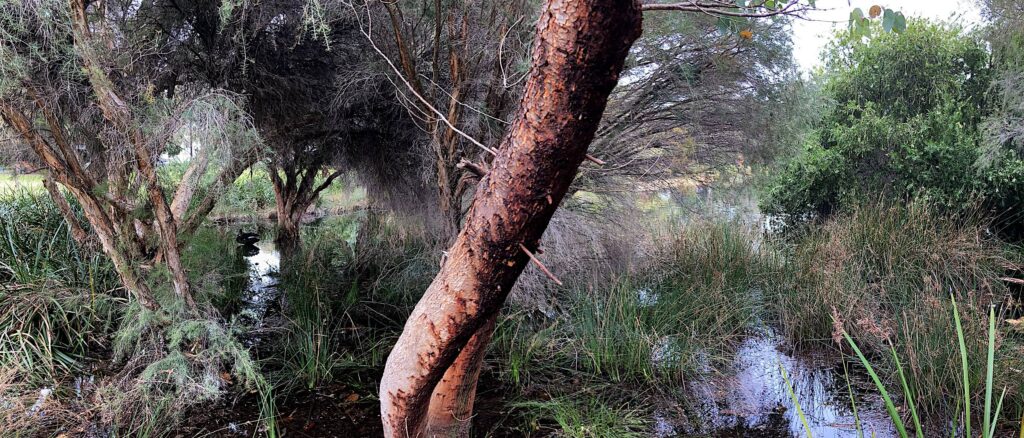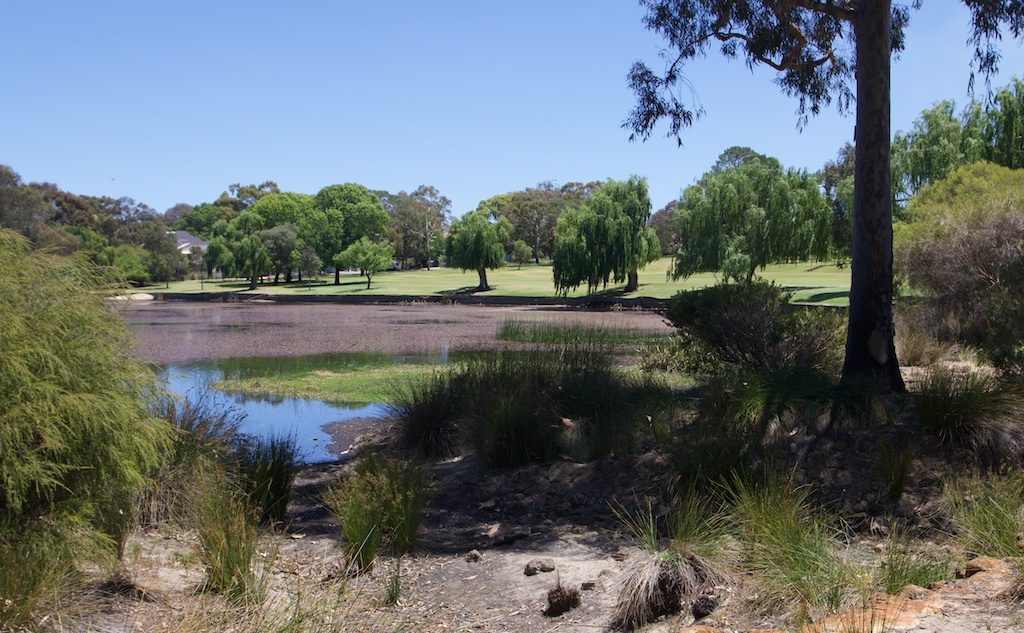
Julabup/Dyson's Swamp 2023
Jualbup is Dyson’s Swamp. Dyson’s Swamp is Jualbup. Two names for one location. One location which has had as many uses as it has had names on a map.
The brief time when Jualbup was also Dyson’s Swamp should be remembered as one of the few occasions when both the First Nations People of part of Western Australia and at least one English settler occupied the same valuable bit of real estate and shared it according to each other’s needs without interfering with each other in any way. It was a state of affairs that would not long survive either Dyson’s occupancy at the Swamp, or when the Colony of Western Australia became a State.
Jualbup was a meeting place, campsite and somewhere a good feed could be found most of the year around by the First Nations People of Western Australia. Today it is a suburban park, somewhere children and families can play in safety, and long-necked tortoises still swim and breed.
Jualbup never stopped being Jualbup, even as Dyson’s Swamp does not cease to be the place where a man named Dyson once watered his cattle and farmed for timber about there for a time. Then the authorities decided to re-label it Shenton Park Lake after one further attempt to drain the wetland by the local town council failed.
Jualbup Lake Park within the suburb of Shenton Park, is just the latest label for Dyson’s Swamp and Jualbup. It was re-named after a nearly a century during which those claimed the power to do so, attempted — and failed — to extirpate the memory of a troubled colonial past that endured no matter how much bleach they poured onto the problem.

Dyson’s Swamp is also the name of a book currently being written by Alan James Thompson. It will detail the fall and rise of the man behind the swamp, from his convict origins, to being an employer of convicts; The tragic fate of his first wife and the second wife who would stop at nothing to avoid the same fate. Then there were his children, all twenty-one of them.
James Dyson (1810-1888) was more than just another worthy in Western Australia during the middle of 19th Century. For a start, they did name a swamp after him. Starting as a labourer and sawyer (his past painstakingly hidden), he built up a small empire as a timber merchant, brick maker, butcher, baker and general trader in all the things required for life in the city of Perth.
At his peak he was a long serving member of the City’s ruling municipal council and the Perth Road Board. He served during the construction and opening of the Perth Town Hall. He supplied bricks and timber for the Wesleyan Church being built around the same time. Both of these structures are vanishingly rare examples of architecture in the city from before the mining booms. An intersection in the city on the corner of King and Murray Street was for many years known as Dyson’s corner as it was the real estate heart of his little empire.
He was involved in local politics and was not afraid to speak truth to power regardless of the consequences. There were to be consequences.
This is the story that this book intends to describe.
Latest progress update:
